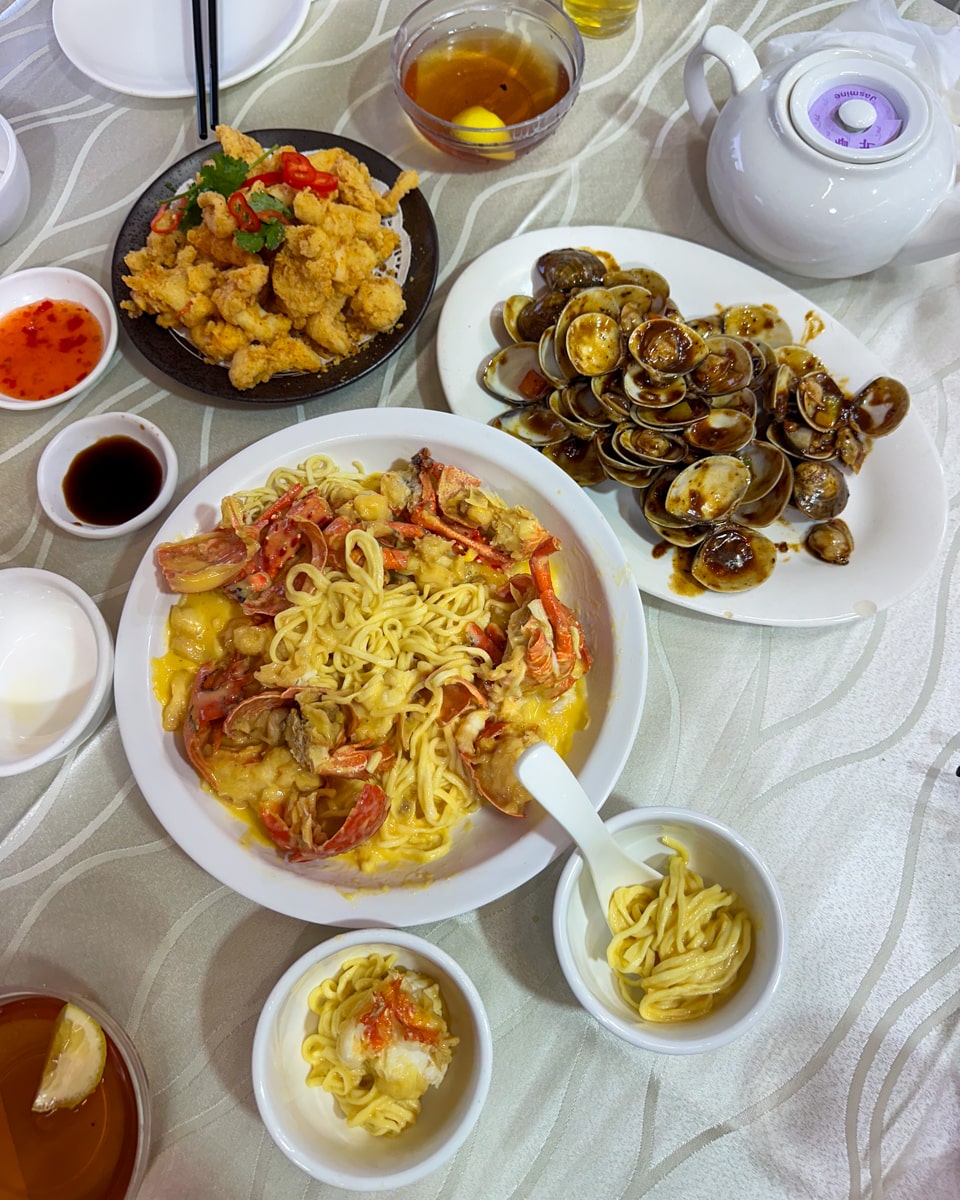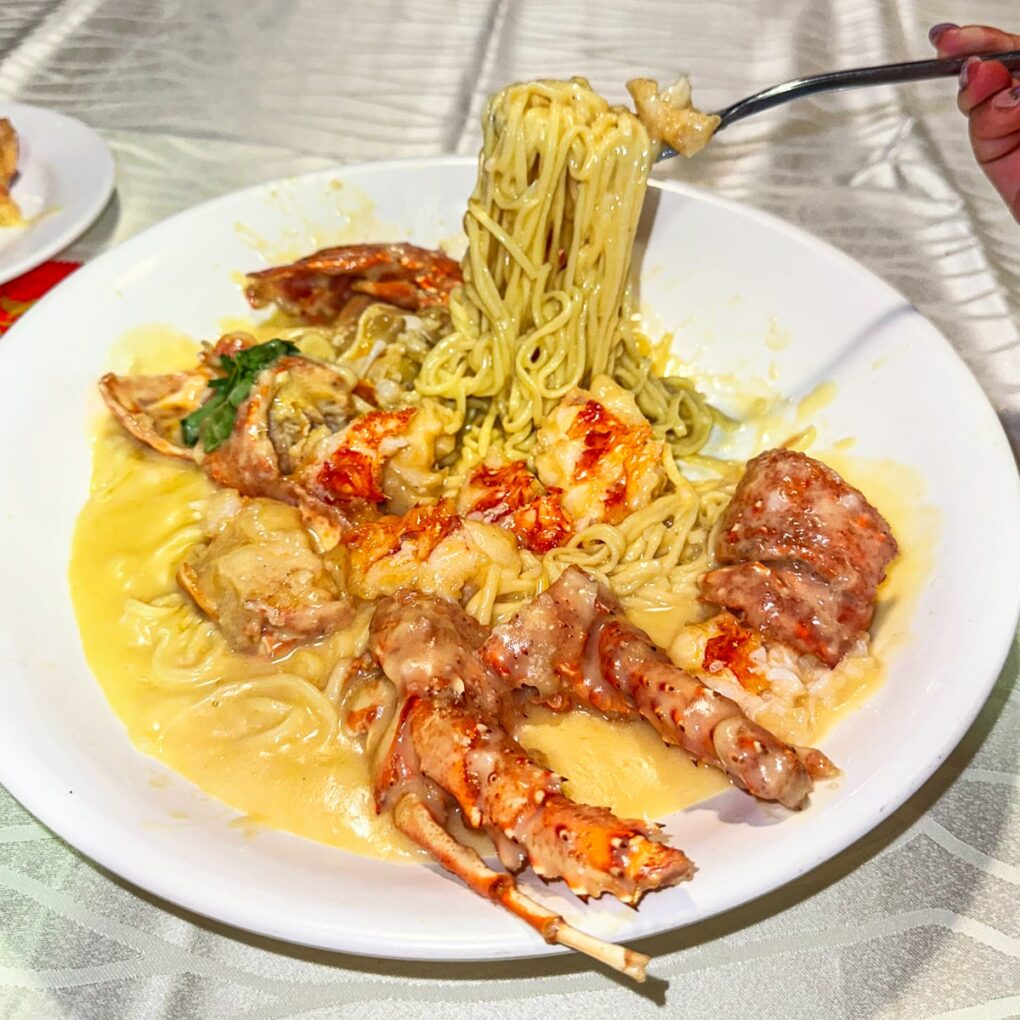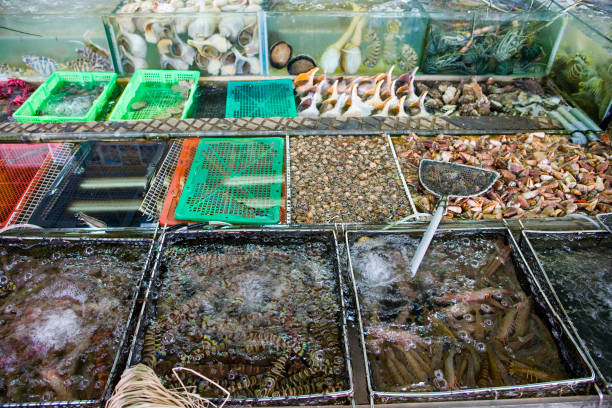Exploring Hong Kong Sai Kung Seafood Restaurants for Coastal Dining
Hong Kong is a vibrant gateway to China’s culinary treasures, where the collision of sea, sky, and tradition creates unforgettable experiences. As a hub of Hong Kong culinary attractions, this dynamic city invites travelers to dive into its coastal wonders, particularly in Sai Kung, a district renowned for its fresh catches and seaside vibes. Here at jusha.travel, we love sharing tips to make your China journey unforgettable, especially when it comes to savoring the freshest seafood straight from the South China Sea. Whether you’re a foodie seeking authentic flavors or an adventure seeker chasing Hong Kong coastal experiences, Sai Kung’s seafood restaurants offer a perfect blend of relaxation and excitement. In this Hong Kong travel guide, we’ll explore why Sai Kung stands out, highlight must-visit spots, and share practical Hong Kong travel tips to ensure your visit is seamless and satisfying.

The Allure of Sai Kung: Hong Kong Sai Kung Seafood Haven
Sai Kung, often called Hong Kong’s “back garden,” captures the essence of Sai Kung seafood Hong Kong with its pristine waters, rugged coastlines, and lively fishing villages. This district, just an hour from central Hong Kong, feels worlds away, where fishermen dock their boats daily, unloading the day’s haul for immediate sale. The area’s seafaring traditions date back to the 14th century, when local communities relied on the sea for sustenance, fostering a culture of fresh, sustainable fishing. Today, it’s a UNESCO Geopark, blending natural beauty with culinary innovation—think grouper, mantis shrimp, and abalone caught that morning.
What sets Sai Kung apart as a prime Hong Kong coastal experience is its vibrant Seafood Street, a promenade lined with restaurants where you pick your meal from live tanks. It’s not just dining; it’s an interactive ritual that highlights Hong Kong’s fusion of tradition and modernity. For families or groups, the alfresco atmosphere under lantern-lit skies adds a magical touch, especially at sunset when the harbor glows golden. To enhance your trip, follow our Hong Kong travel tips: visit on weekdays to avoid crowds and use the MTR to Choi Hung, then a minibus to Sai Kung Pier for easy access.
For more inspiration on Hong Kong’s food scene, check out our post on How to Savor Authentic Dim Sum in Hong Kong’s Best Spots.

Top Sai Kung Seafood Restaurants: Fresh Picks and Must-Try Dishes
When it comes to Hong Kong Sai Kung Seafood, the restaurants here are legendary for their waterfront locations and unwavering commitment to freshness. Start with Chuen Kee Seafood, a family-run staple since the 1980s, holding a Michelin Bib Gourmand award. Overlooking the bay, it features live tanks brimming with flower crab, mantis shrimp, and salt & pepper squid. Their steamed fish, seasoned simply with ginger and scallions, lets the natural flavors shine—perfect for a Hong Kong culinary attraction. Prices range from mid-range for basics to premium for lobster, but the cooking fee for market-bought catches is just a nominal HK$50-100.
Another gem is Sing Kee, tucked off the main strip, where robust flavors meet chef expertise. Try their scallops with garlic vermicelli or cheesy lobster e-fu noodles, a creative twist on Cantonese classics. For upscale indulgence, head to Loaf On Cuisine, Sai Kung’s first Michelin-starred spot with over 15 years of excellence. Their baked lobster with e-fu noodles and razor clams in black bean sauce are house specialties, prepared with staff knowledge of 20+ seafood varieties. As per Indulgent Eats, these venues reflect Sai Kung’s unpretentious vibe, contrasting central Hong Kong’s formality.
Don’t miss Hung Kee for group dining—its Cantonese specialties like abalone and fish dishes suit families. For more luxury options, our guide to Michelin Star Restaurants Hong Kong dives deeper into elevated dining across the city.
- Pro Tip: Opt for seasonal specials like deep-fried abalone in summer; check availability upon arrival.
- Pairing Suggestion: Complement with local beer or chrysanthemum tea to balance the seafood’s richness.

Coastal Experiences: Beyond the Plate in Sai Kung
Sai Kung isn’t just about food—it’s a full Hong Kong coastal experience. Wander the Sai Kung Public Pier, where fishermen barter catches with diners, or join a floating market tour to buy live seafood for on-the-spot cooking. This direct-from-boat freshness, unique to Hong Kong, echoes centuries-old fishing heritage, as noted by James A. Brock. For adventure, hike nearby trails or kayak to isolated beaches like Hap Mun Bay, combining nature with the district’s relaxed pace.
Culturally, Sai Kung ties into broader Hong Kong travel guides by showcasing sustainable practices—many restaurants source responsibly to preserve the Geopark. Interesting fact: The area’s biodiversity supports over 100 fish species, linking food to ecology. Hong Kong travel tips: Bring mosquito repellent for evenings and respect no-plastic policies to support conservation. For related coastal vibes, read our post on Indulge in Hong Kong’s Seafood Markets on a Day Trip.
Extend your reading with Top 10 Hong Kong Dining Spots for Culinary Explorers, featuring more HK highlights.

Practical Tips: Making the Most of Your Sai Kung Visit
To maximize your Sai Kung seafood Hong Kong adventure, timing is key. Arrive early (before noon) on weekends to beat crowds, as popular dishes sell out fast—pre-book via apps like OpenRice. Costs average HK$150-300 per person for a feast, though premium items like abalone add up; cooking fees for self-selected seafood are modest and listed upfront, per Discover Hong Kong. Language barriers? Many spots have English menus, but point to tanks for choices; brisk service is cultural norm.
Transportation: From Central, take the MTR to Choi Hung (30 mins, HK$10), then minibus 1A to Sai Kung (15 mins, HK$8). Return late? Taxis are plentiful. For cultural sensitivity, avoid waste—Sai Kung’s eco-focus means no littering. Fun fact: Many restaurants tie into tech with QR code menus, reflecting Hong Kong’s innovative side. For broader planning, our Best Places to Visit in China guide includes more coastal gems.
- Health Tip: Opt for steamed over fried to keep it light; drink bottled water.
- Accessibility: Most spots are wheelchair-friendly near the pier.
- Extend Your Stay: Pair with a beach visit or hike for full-day Hong Kong coastal experiences.

More Coastal Delights Beyond Sai Kung
While Sai Kung shines, Hong Kong’s coastline extends to other Hong Kong culinary attractions. Venture to Cheung Chau for fresh catches or Lamma Island for seafood feasts amid hikes. These spots echo Sai Kung’s vibe but add unique twists, like island-hopping. For a wider China perspective, consider Qingdao’s oyster farms or Xiamen’s coastal markets. Safety note: Check weather apps for typhoon seasons (June-Nov).
For similar adventures, explore our How to Plan a Food Tour Through China’s Culinary Capitals.

Conclusion: Savor the Sea in Sai Kung
Sai Kung encapsulates the best of Hong Kong Sai Kung Seafood—fresh, flavorful, and full of coastal charm. From picking your dinner live to dining with harbor views, it’s a quintessential Hong Kong travel guide highlight that ties into China’s broader food and nature narrative. Whether negotiating with fishermen or unwinding at twilight, these experiences foster deeper cultural connections. At jusha.travel, we’re passionate about guiding you to such gems, ensuring your China trip is as inspiring as it is delicious.
Ready to plan your Sai Kung escape? Share your favorite seafood memory in the comments below, browse more content on jusha.travel, or check related articles like Top 10 Must-Visit Cities in China for 2025 Adventures for broader inspiration. Your coastal feast awaits!


(Word count: 1,156)

